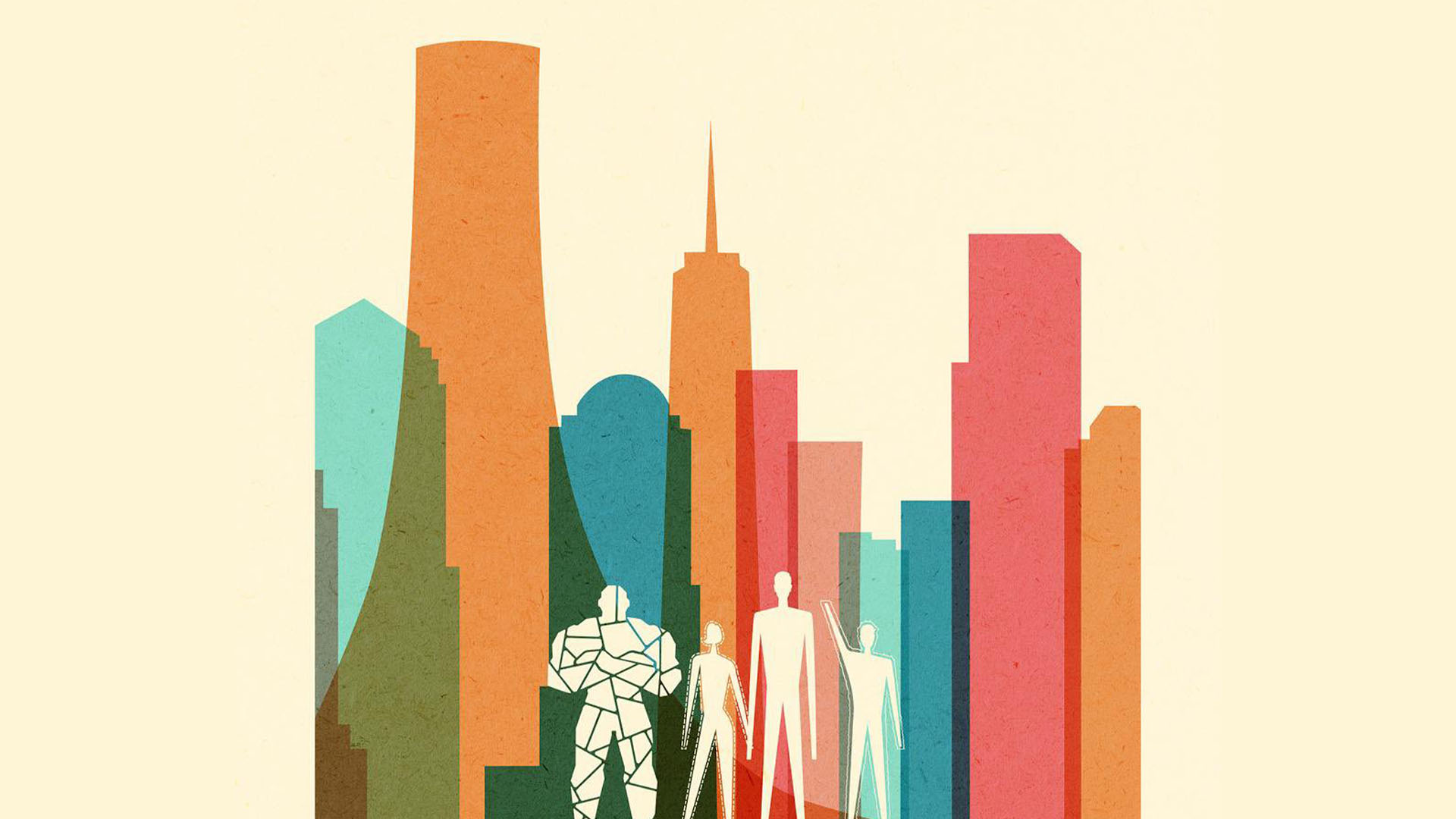10 buzzwords every designer should know
Like or loathe them, you need to know them. We keep you up to date with the latest must-know buzzwords in the design industry.
Design is a living discipline, and as with any other practice that evolves and changes over time, the words we use to describe it also adapt and develop.
Not all words are here for the long term, of course, and some are plain ridiculous, but if you want to remain at the forefront of the buzz, there are some you definitely need to know.
Keeping up to date with the latest buzzwords can be a bit of a headache. It seems like every week there's a new collection of words in use that have a specific meaning, often centred around trying to make something sound more impressive or technologically advanced than it really is.
Young guns
This tends to be especially true in young startup companies where a lot of hyperbole is thrown around in an effort to convince investors and customers that the product, service or technique being used is more exciting and meaningful than it perhaps might be.
It has to be said, however, that more established companies can be just as guilty of adopting buzzwords as their fresh-faced counterparts. In these cases, many of the worst offending words are adopted internally by movers and shakers determined to climb the career ladder.
Whatever the reason behind them, buzzwords are a part of every day life in our industry, so check out this collection of 10 current design buzzwords. And let us know if we've missed your favourites (or most hated) by commenting in the box below.
01. Design-thinking
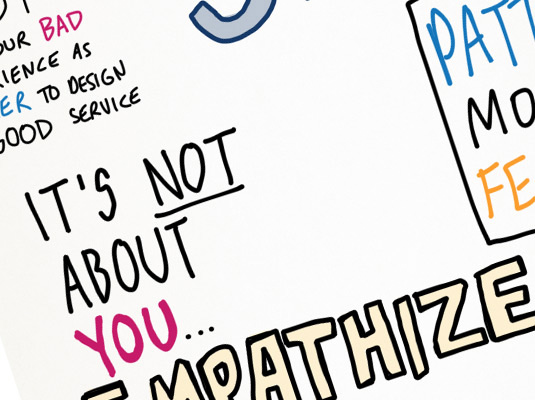
Design-thinking is one of those phrases that's used a lot, but nobody is quite sure what it means - or at least, everyone you ask will provide a different opinion over its precise definition.
Get the Creative Bloq Newsletter
Daily design news, reviews, how-tos and more, as picked by the editors.
Our definition centres around the concept that design isn't a solitary, isolated discipline. Design-thinking brings together many different elements of an overall process to a single harmonious whole, by adopting a multi-disciplinary approach to engineering a solution.
02. Deep empathy

This buzzword relates to the idea that design can be used to engage with a customer and connect with them at a meaningful level. This idea isn't anything new, of course, but the phrase 'deep empathy' to describe this process of appealing to a user is. Put simply, it refers to an approach where a design is engineered to appeal at more than purely a visual level.
03. Design with a big D
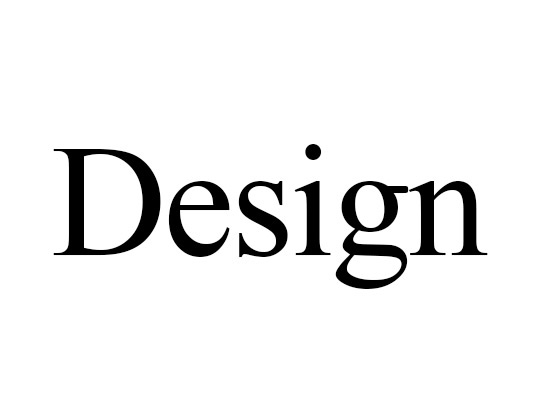
This buzzword centres around the idea that design is a multi-faceted discipline. There's the beautification of something through presentation, which we commonly think of as graphic design or web design, and then there's the over-arching idea behind that thing. 'Design with a big D' is about the overall process, concept or idea that underpins everything about it - not just the visual aspect of that thing.
04. Localisation

Localisation is the process of adapting a design to meet the specific unique requirements of a particular territory or market. For example, it might involve repaginating content to accommodate a different text direction (such as with Chinese), or adopting different imagery to account for local tastes and culture.
Although not strictly a new word, either in its non-buzz or buzz sense, it's increasingly being used in the design world as our work is repurposed and developed to meet a global audience.
05. Brand storytelling
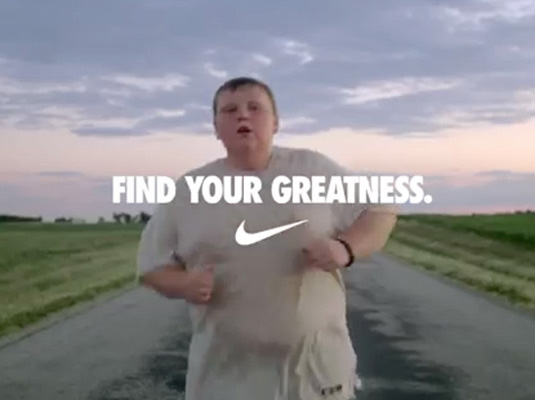
This isn't a new concept either, but the term is being increasingly bandied around as a way of explaining the idea that as technology evolves, the best marketing in the world will be significantly less successful if there isn't a compelling story underpinning the brand being sold to the customer.
In short, everything needs to have a raison d'être, a philosophy and sense of aspiration that is communicated in every aspect of communication. It's a pretty important concept, with a serious underlying point. Nike's 2012 viral video Find Your Greatness is a perfect example of brand storytelling in action.
06. Heisenbug

This is particular to the more technical aspect of design, where developing an app or website, and refers to a bug that appears (either a visual glitch or a usability issue) that alters when you try to study it. Wikipedia has a detailed explanation of the term here. Nothing to do with Breaking Bad, it was first coined in the 1980s in a strict programming sense, but in 2014 it's becoming more widespread in the overall creative industry.
07. Authenticity
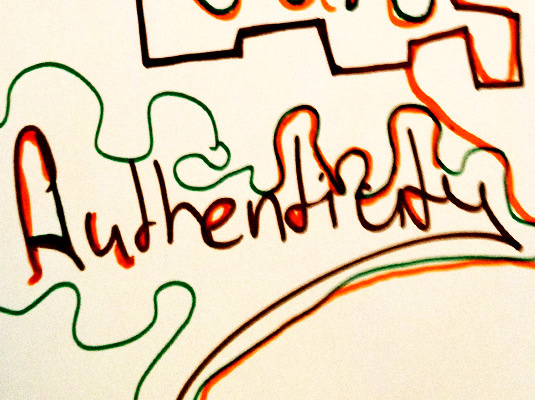
This is one of the easiest words in our list to define. It simply refers to the idea that design adopts a believable, grounded and relevant approach to representing ideas, products or services.
For design to be authentic, it needs to accurately reflect the values, ideas and aesthetic of the underlying idea. This sounds simple, but is actually a valuable consideration that requires considerable effort to get right.
08. Context transparency
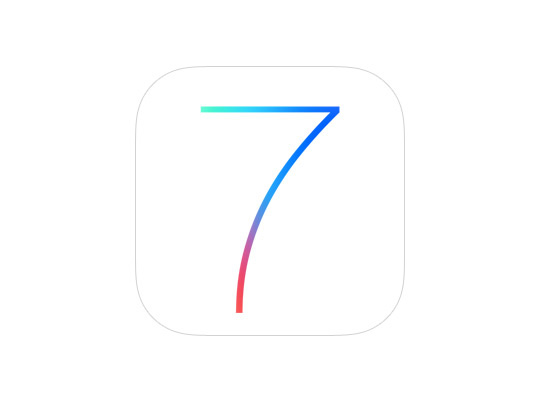
This is a hangover from the iOS 7 'innovation' of partially transparent areas that help illustrate where a user interface element sits in the overall scheme of a design approach. It's a fancy way of saying that a bit of the underlying design remains visible through the foremost design elements. Again, this isn't a new technique or approach, but the language surrounding it is.
09. IoT (Internet of Things)

The Internet of Things refers to the concept that all our everyday devices and real-world user interfaces are becoming connected to the web, allowing for automation, remote control and smart communication between (say) your door handle and your security system. It's not so much a design-specific term, but it's in such widespread use that you'll have definitely come across it. Find out more in this article explaining how to design for the internet of things.
10. Thought leader
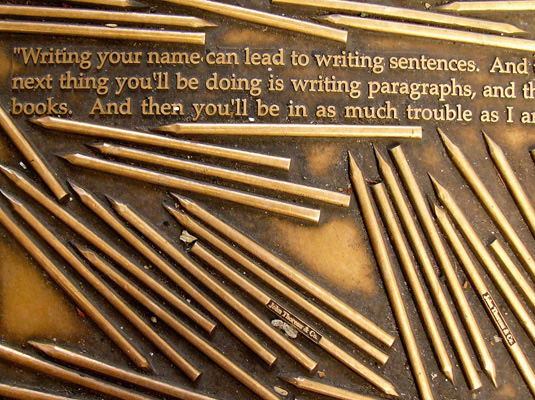
This increasingly ubiquitous phrase is used as a way to explain the idea that by influencing the 'correct people', by orientating design towards them, they - as thought leaders - will go on to help spread the word to their followers.
It stems from the idea that every industry has people thought of as being authorities/gurus. Engineering your work towards these leaders, the theory says, will help you achieve a better result. While this buzzword doesn't actually originate from the design world, it's increasingly used within it - although more often by clients than by designers themselves.
Words: Sam Hampton-Smith
What design buzzwords would you like to see explained? Let us know in the comments!

Thank you for reading 5 articles this month* Join now for unlimited access
Enjoy your first month for just £1 / $1 / €1
*Read 5 free articles per month without a subscription

Join now for unlimited access
Try first month for just £1 / $1 / €1

The Creative Bloq team is made up of a group of art and design enthusiasts, and has changed and evolved since Creative Bloq began back in 2012. The current website team consists of eight full-time members of staff: Editor Georgia Coggan, Deputy Editor Rosie Hilder, Ecommerce Editor Beren Neale, Senior News Editor Daniel Piper, Editor, Digital Art and 3D Ian Dean, Tech Reviews Editor Erlingur Einarsson, Ecommerce Writer Beth Nicholls and Staff Writer Natalie Fear, as well as a roster of freelancers from around the world. The ImagineFX magazine team also pitch in, ensuring that content from leading digital art publication ImagineFX is represented on Creative Bloq.
